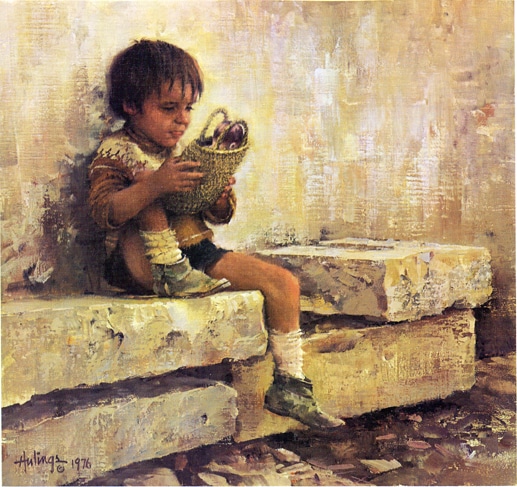
What happens when artists can no longer afford their studios? The question was raised in a recent New York Times article (“Priced Out of Brooklyn“), which described sculptor Gabriel Koren’s struggle to find a new studio as rent increases force her out of the space where she has worked for 30 years.
Cheap studio spaces are more than just a hot commodity for artists – they are essential to their success. For non-artists, a studio is the equivalent of an office space; while moving may be a chore, their offices can be easily reconstituted in different types of settings. Many visual artists, however, have extremely specific studio needs. They may work with large, heavy pieces that must be housed in loft-like settings and are not easily moved. Or they may employ media – such as clay or oil paint – that need time to rest. In Koren’s case, for example, her sculptures often take shape as seven-foot structures that require a sizeable space in which to be crafted and dried.
But Koren’s story represents more than just the challenge of finding and keeping an affordable room of one’s own, or the struggle of committing one’s life to the creation of art. The article highlights the larger dynamic that evolves from artists seeking cheap studio spaces – the impact that their presence often has on neglected neighborhoods.
As Shannon Linker noted in her episode of our Thriving Artist Podcast, “Growing an Economy with Artist Entrepreneurs“, the arrival of artists in downtrodden neighborhoods is often the economic tipping point for these communities. Where artists go, galleries – and, soon after, restaurants – follow. Artists bring their creative value with them, imbuing formerly lowbrow areas with a certain cachet, and increase the economic value of these neighborhoods by drawing people with disposable income who come to see their artwork. According to Elizabeth Hulings, the director of the Clark Hulings Foundation, “Anything that creates a social gathering is essential to building community.”
Yet, when galleries and restaurants open, new people want to relocate to these areas, and the market value of real estate in these neighborhoods increases, driving up rents, and driving out artists. Suddenly, the individuals who were at least partly responsible for a community’s renaissance can no longer afford to live in that community, and are forced to move on to the next low-priced neighborhood, where the cycle gets repeated again.
Artists are valued for the beautiful paintings and sculptures they create, but they provide so much more than that. They bring diversity and inspiration to the larger community of which they are apart, and when artists cannot afford to live in a city, those contributions disappear right along with their art. If cities wish to foster and maintain a thriving population of artists – and all the benefits that such a community provides in return – they must do a better job of ensuring that artists have access to affordable studio spaces.







